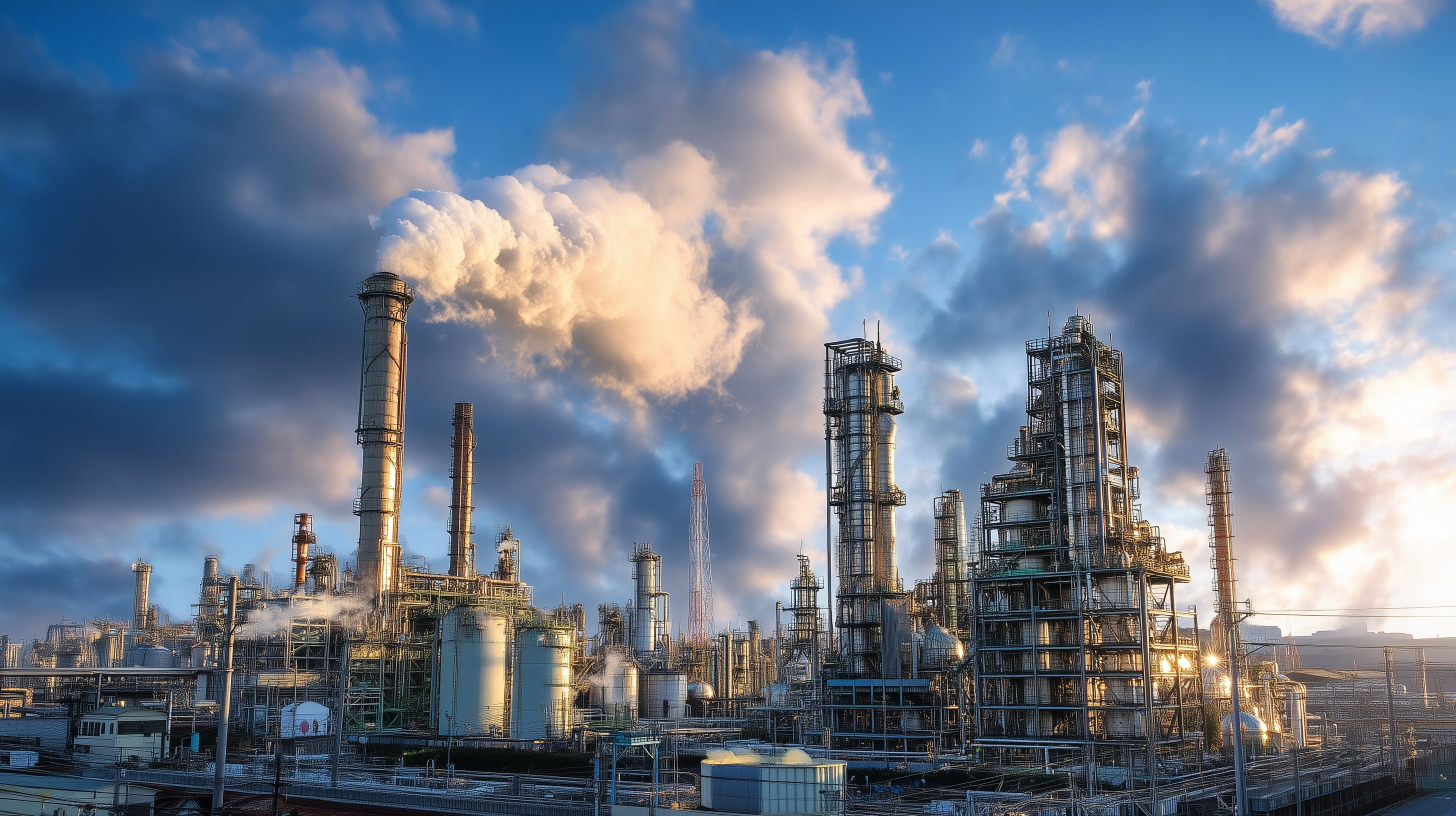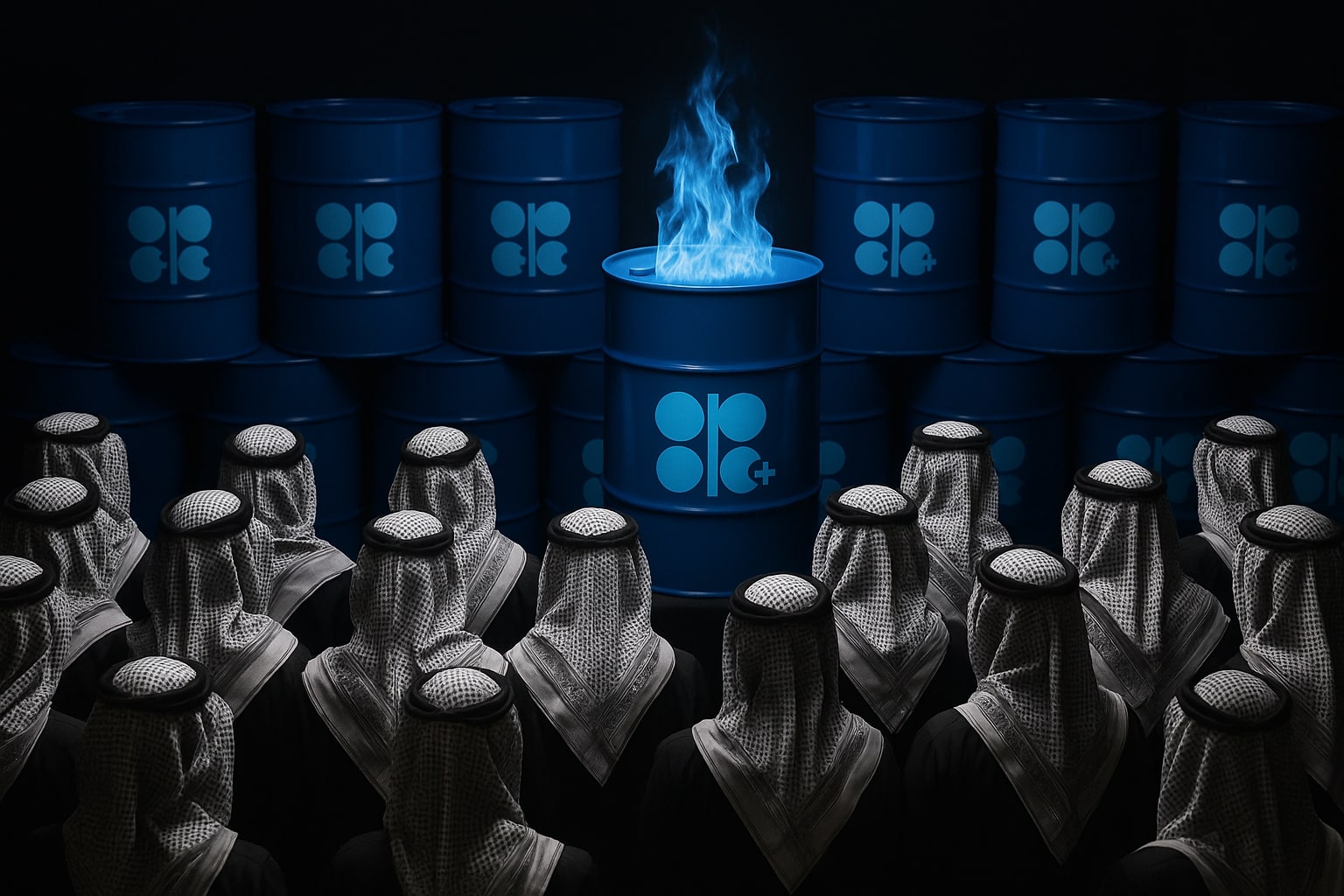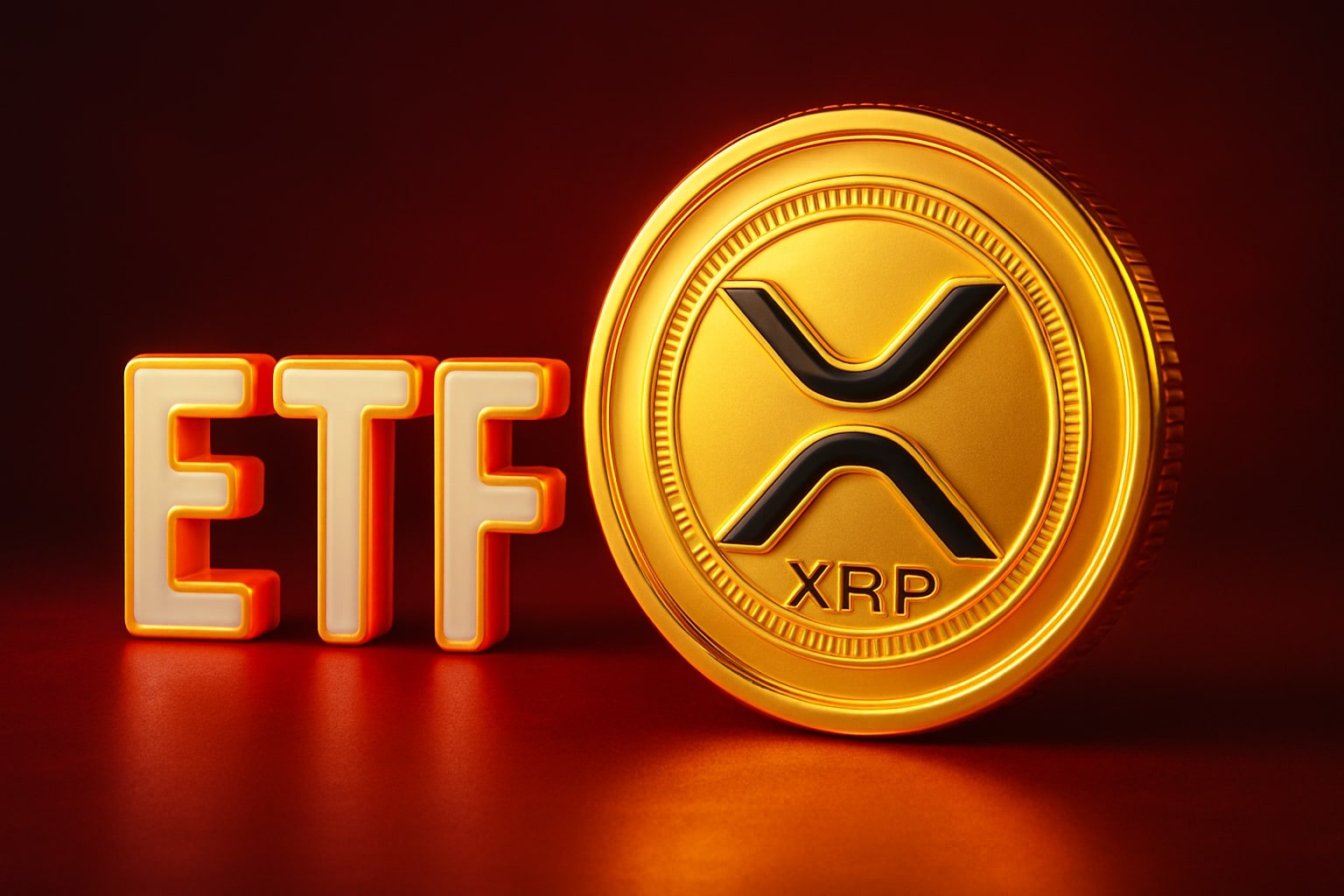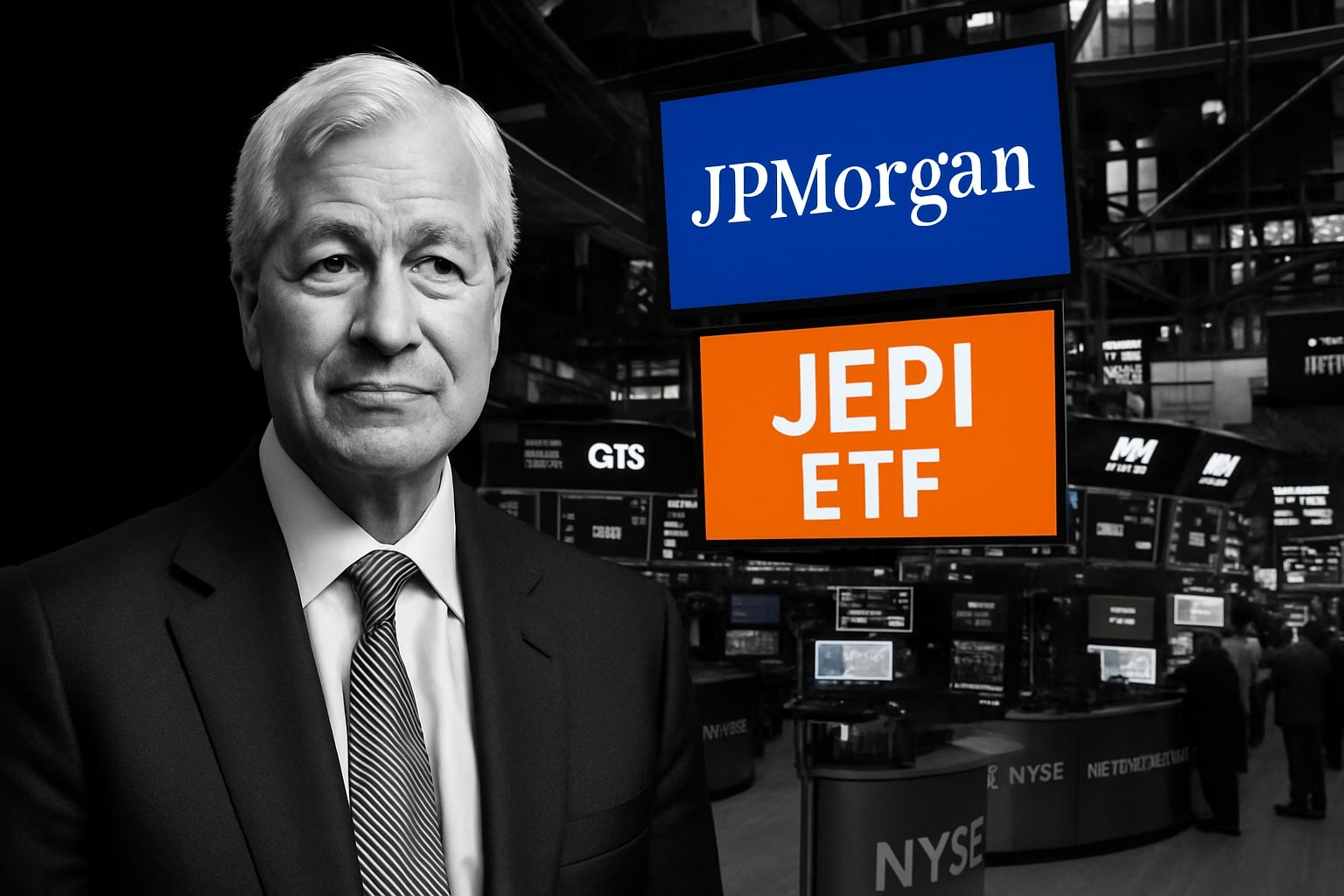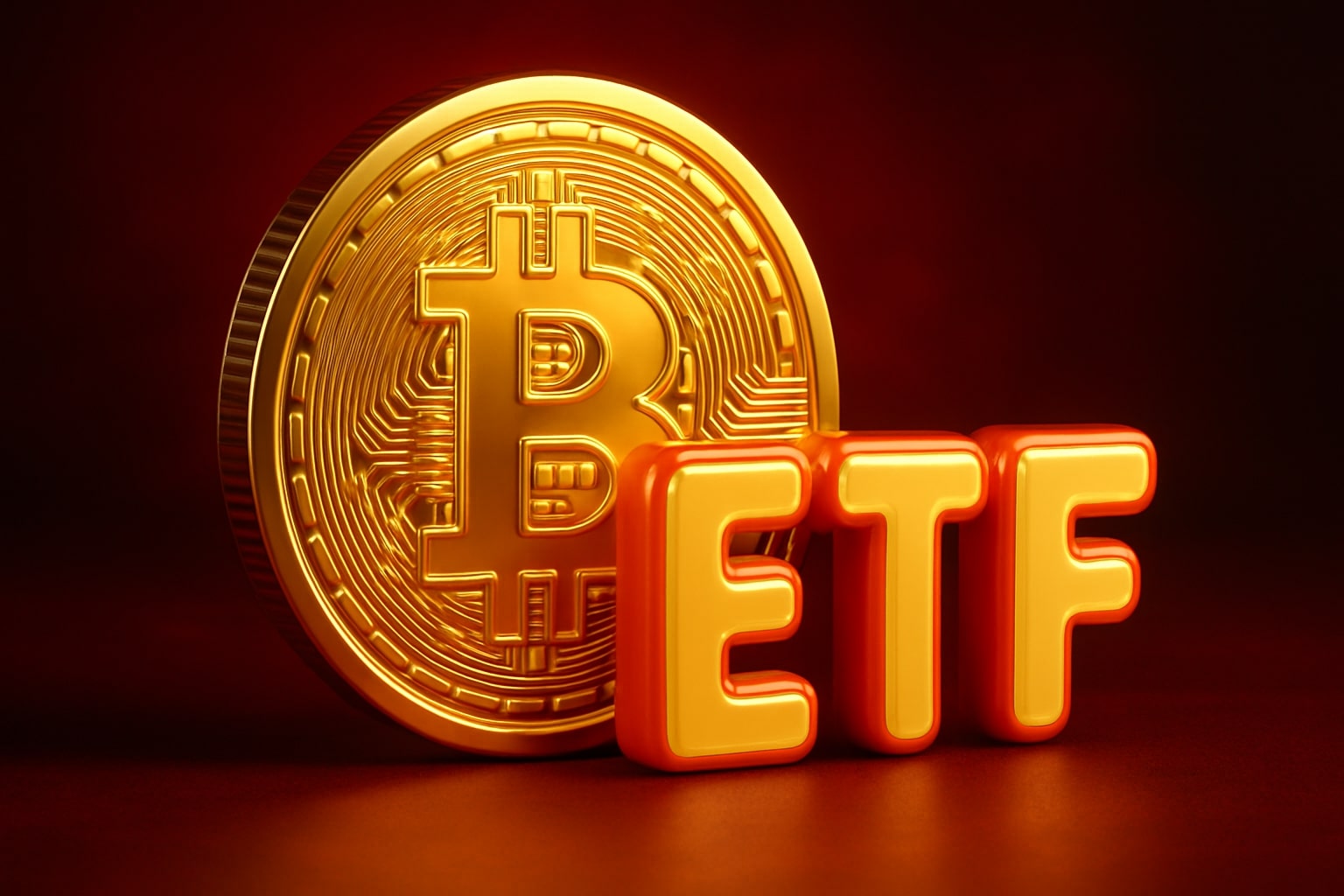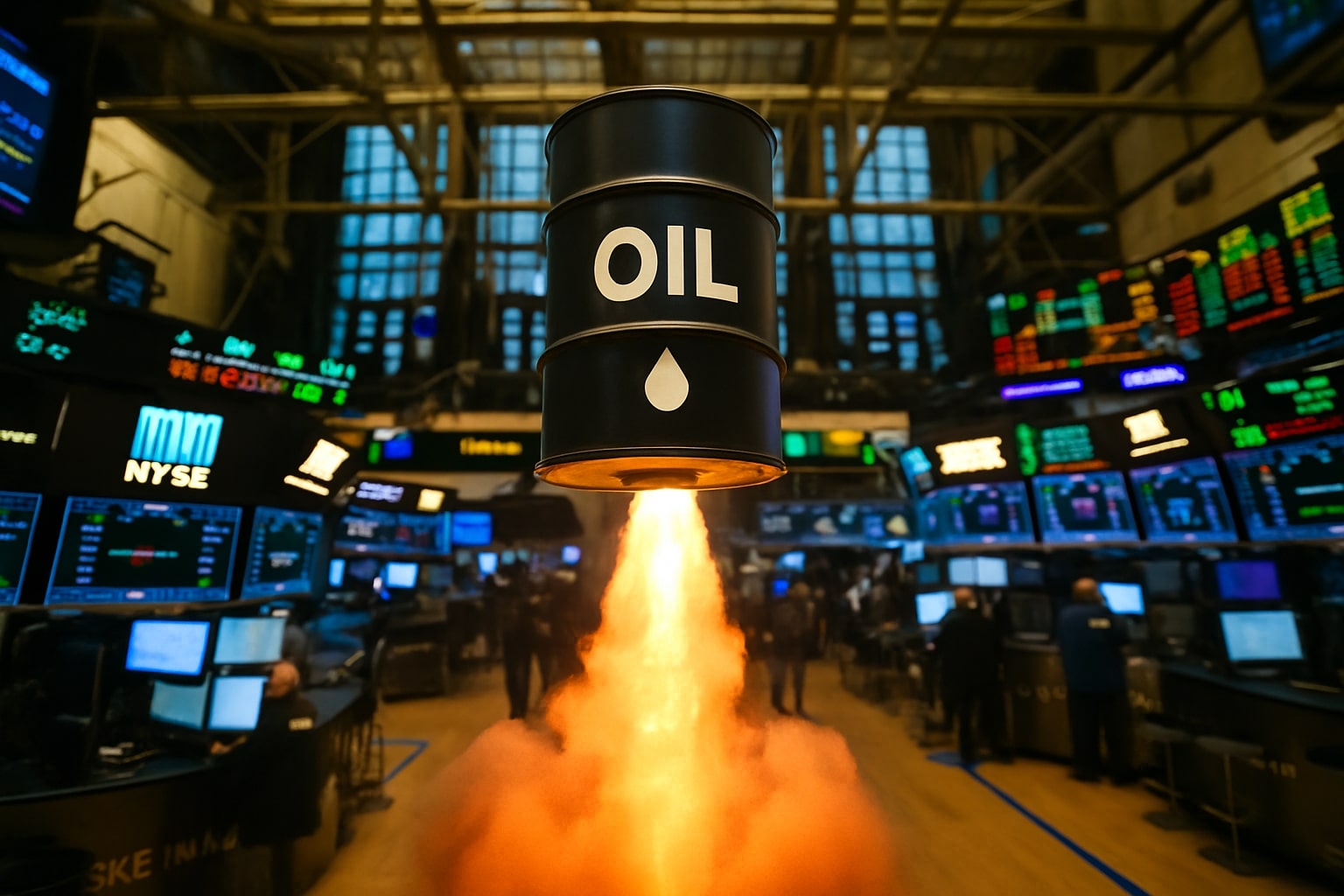
WTI and Brent Crude Surge Above $78 as Middle East Conflict Fuels Supply Shock Fears
Oil prices rise on Iran-Israel tension, with Hormuz chokepoint at risk. Traders eye $90 Brent, while India, Pakistan, and OPEC scramble to shield supply chains | That's TradingNEWS
Oil Market Faces Geopolitical Flashpoints as Brent (BZ=F) and WTI (CL=F) Hold Above $75
Supply Risk Surges as Strait of Hormuz Threatens 21M bpd of Global Oil Flow
Crude oil markets remain on edge as tensions between Iran and Israel spill over into real trade disruption fears, especially across the Strait of Hormuz—responsible for more than 20 million barrels per day in global oil trade. India, which imports over 90% of its oil with 40% sourced directly from the Gulf, is evaluating supply routes from West Africa, Russia, and Guyana in response. If the Strait is disrupted, up to 54% of India’s LNG imports would also be affected. While Iranian threats to blockade Hormuz remain unfulfilled, the psychological premium has already lifted Brent (BZ=F) to $78.29 and WTI (CL=F) to $78.34—both climbing 2.1% during the latest session. Analysts warn that if closure occurs, oil could spike to $100–$150 per barrel.
India and Pakistan Seek New Supply Deals While Strategic Storage Limits Exposed
India’s refiners are turning to Russian barrels, which bypass the Gulf entirely. Over 35% of India’s current imports already come from Russia, and further increases are being negotiated. In parallel, Guyana’s offshore production via ExxonMobil (NYSE:XOM) is now viewed as a long-term hedge. Exxon currently favors large tankers that complicate rapid export shifts, but Guyana’s Natural Resources Minister confirmed discussions are active. Meanwhile, India’s own sedimentary basins—estimated to hold 22 billion barrels—remain 90% unexplored. With strategic reserves covering only 74 days of demand, including just 9.5 days of true emergency storage, the country’s vulnerability is clear.
Pakistan, facing fewer immediate disruptions, is negotiating UAE and Saudi pipeline deals. Its fallback plan includes repurposing abandoned furnace oil storage in old power plants, offering up to 1 million tons of crude holding capacity. Prime Minister Sharif has formed a crisis committee, but limited strategic storage exposes the country to sharp price swings.
WTI (CL=F) Technical Support Remains Firm at $68.51 With Geopolitics Driving Momentum
West Texas Intermediate has seen persistent buy-on-dip interest, with the 200-day EMA rising through $68.51 now acting as a structural floor. Despite low liquidity due to the Juneteenth holiday, price surged on escalating Middle East news. Traders now treat any weakness below $75 as a loading opportunity. The market structure suggests a slow grind higher with potential acceleration if U.S. military engagement with Iran materializes.
Brent (BZ=F) Pushes Toward $82 as Goldman Sachs Flags $90+ Upside Risk Premium
Brent crude’s bounce off $75.50 found strong follow-through, and upside resistance is now targeted at $78.45 and $82.00. Goldman Sachs estimates a $10 geopolitical premium is already priced in, but believes Brent could surpass $90 if Iranian flows (~3.3M bpd) are disrupted. The benchmark traded at $76.56 at last check. Goldman’s base case for Q4 Brent remains $60 without conflict escalation, but this now appears increasingly outdated.
Barclays and RBC Warn of $100+ Brent if Conflict Spreads to Supply Infrastructure
Barclays believes a full blockade or even partial disruption of Iran’s 2M+ bpd exports—mostly to China—could catapult Brent over $100. RBC’s Helima Croft echoes this view, warning that direct U.S. engagement or tanker strikes would raise systemic energy risk. President Trump’s ambiguous stance has fueled this volatility. “I may do it. I may not,” Trump said when asked about U.S. involvement in Israel-Iran strikes, keeping traders in a risk-on mode for oil.
Algeria Expands OPEC+ Role as China, Qatar, and TotalEnergies Secure Strategic Fields
Algeria has awarded gas and oil exploration licenses to China’s ZPEC, QatarEnergy, and TotalEnergies. The Zerafa II block and Ahara block are key assets in Algeria’s effort to boost exports amid Europe’s pivot from Russian gas. Sonatrach retains 51% in all new projects per local law. Algeria currently produces ~900,000 bpd, but its OPEC+ alignment gives it influence over marginal supply shifts. The new activity could help offset any sudden Middle Eastern disruption, but production uplift will take months.
Market Jitters Widen as Oil Volumes Decline and Sentiment Turns Fragile
Despite rising prices, volumes remain thin. Light trading during U.S. holidays and uncertainty around global military responses have created a price vacuum susceptible to sharp spikes. Brent and WTI both trade near five-month highs, but backwardation remains steep, indicating near-term supply risk. The options market has priced in higher volatility, with call options gaining traction for $90 and $100 Brent strikes over the next 30 days.
Buy, Sell, or Hold? Crude Fundamentals vs. Geopolitical Premiums
Oil’s current pricing embeds a $10–$15 premium, but the base demand outlook remains stable. U.S. inventory drawdowns, China’s steady import growth, and India’s diversification efforts point to underlying demand resilience. Given the tight supply, OPEC+ caution, and no signs of Iranian de-escalation, WTI (CL=F) and Brent (BZ=F) remain buys on dips. Traders should monitor the $75.00 support zones and upside breakout potential above $82.
The balance of fundamentals and geopolitical tension favors further upside, with limited downside absent major diplomatic breakthroughs. Shorting oil in this climate remains a high-risk play. The long setup remains intact, and any confirmation of military strikes or tanker attacks would reprice Brent toward $90+ within days.
That's TradingNEWS
Read More
-
JEPI ETF Edges to $57.11 as Yield Holds Above 8% and Covered-Call Premiums Power Income
11.11.2025 · TradingNEWS ArchiveStocks
-
XRP ETFs Slide — XRPI Down to $14.18 and XRPR to $19.80 as Investors Lock In Gains After Record Run
11.11.2025 · TradingNEWS ArchiveCrypto
-
Natural Gas Price Steadies Near $4.40 as Record U.S. Supply and Weather Volatility Define Market
11.11.2025 · TradingNEWS ArchiveCommodities
-
USD/JPY Price Forecast - Yen Holds Near 154.00 as Yen Slides and Market Awaits Fed-BoJ Policy Shift
11.11.2025 · TradingNEWS ArchiveForex














